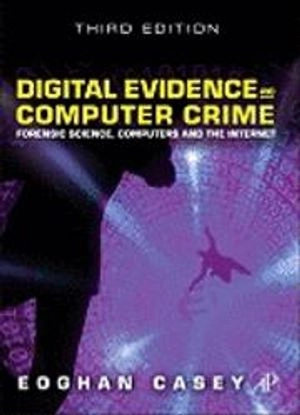

Digital evidence and computer crime : forensic science, computers and the internetUpplaga 3
- Upplaga: 3e upplagan
- Utgiven: 2011
- ISBN: 9780123742681
- Sidor: 840 st
- Förlag: Academic Press
- Format: Inbunden
- Språk: Engelska
Om boken
Åtkomstkoder och digitalt tilläggsmaterial garanteras inte med begagnade böcker
Mer om Digital evidence and computer crime : forensic science, computers and the internet (2011)
2011 släpptes boken Digital evidence and computer crime : forensic science, computers and the internet skriven av Eoghan. Casey. Det är den 3e upplagan av kursboken. Den är skriven på engelska och består av 840 sidor. Förlaget bakom boken är Academic Press.
Köp boken Digital evidence and computer crime : forensic science, computers and the internet på Studentapan och spara uppåt 46% jämfört med lägsta nypris hos bokhandeln.
Referera till Digital evidence and computer crime : forensic science, computers and the internet (Upplaga 3)
Harvard
Oxford
APA
Vancouver



















